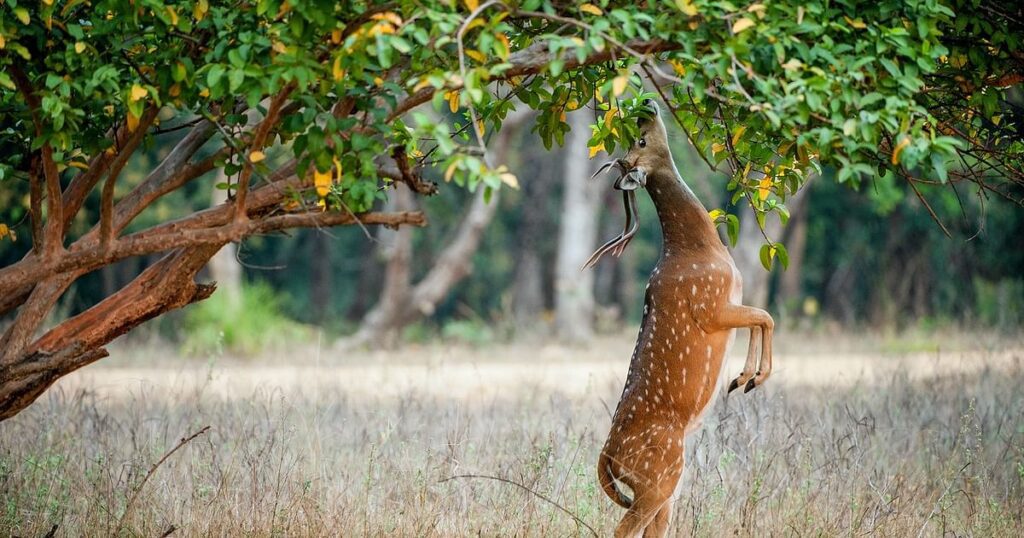Mumbai Research Unravels Secrets of Animal Homing Through Innovative Robot Study
Researchers at the Indian Institute of Technology Bombay (IIT Bombay) have made significant strides in understanding how animals navigate their way home. By utilizing a robot designed to replicate animal movement, the team has provided insights into the principles governing the homing behavior observed in various species.
According to a statement released by IIT Bombay, the robot operates autonomously, simulating an animal’s quest for food followed by its return journey guided by light—an essential aspect of homing. The latest study, conducted by the physics department, explores the fundamental physics underlying this natural phenomenon.
“Our primary aim is to decode the physics behind active and living systems. To this end, we carry out experiments with centimeter-sized self-propelled programmable robots that mimic the dynamics of living organisms both individually and collectively,” said Dr. Nitin Kumar, an assistant professor in the department.
The researchers focused on measuring the time it took for the robot to return home as they altered the degrees of deviation from its intended path. It was found that the rate at which the robot needed to reorient itself, crucial for successful navigation, correlated with the randomness in its trajectory.
Notably, the team identified an "optimal reorientation rate"—a threshold of randomness beyond which the negative effects of increased deviation were offset by more frequent course corrections, thus enhancing the robot’s ability to find its way home. This finding implies that animals may have evolved mechanisms to navigate efficiently regardless of environmental unpredictability.
“The finite upper limit on return times signals that homing movements are inherently efficient. Our findings suggest that if animals consistently recognize their home direction and adjust their course whenever deviations occur, they can successfully navigate back home within a predictable time frame,” Dr. Kumar added.
In addition to practical experiments, the research team conducted computer simulations, mimicking animal movements with the robot. Their virtual model incorporated active Brownian motion—reflecting the random movements of particles strained by collision with fast-moving molecules—combined with periodic adjustments to its orientation to steer back toward home.
The simulation results aligned closely with experimental data, further supporting the theory that randomness and reorientation collaboratively optimize the homing process. “Applying our model to the flight paths of real homing pigeons confirmed our hypothesis regarding their enhanced efficiency due to frequent trajectory corrections,” Dr. Kumar explained.
He acknowledged, however, that real-world homing signals might be more complex than the simplified model employed in this research. Looking ahead, the team aims to refine their experiments by incorporating spatiotemporal variations in light intensity and various physical obstacles to better replicate the challenges faced by migratory animals.
The findings of this groundbreaking study were published on August 27, 2024, and offer a promising foundation for future exploration into the intricacies of navigation and homing behavior in animals.




